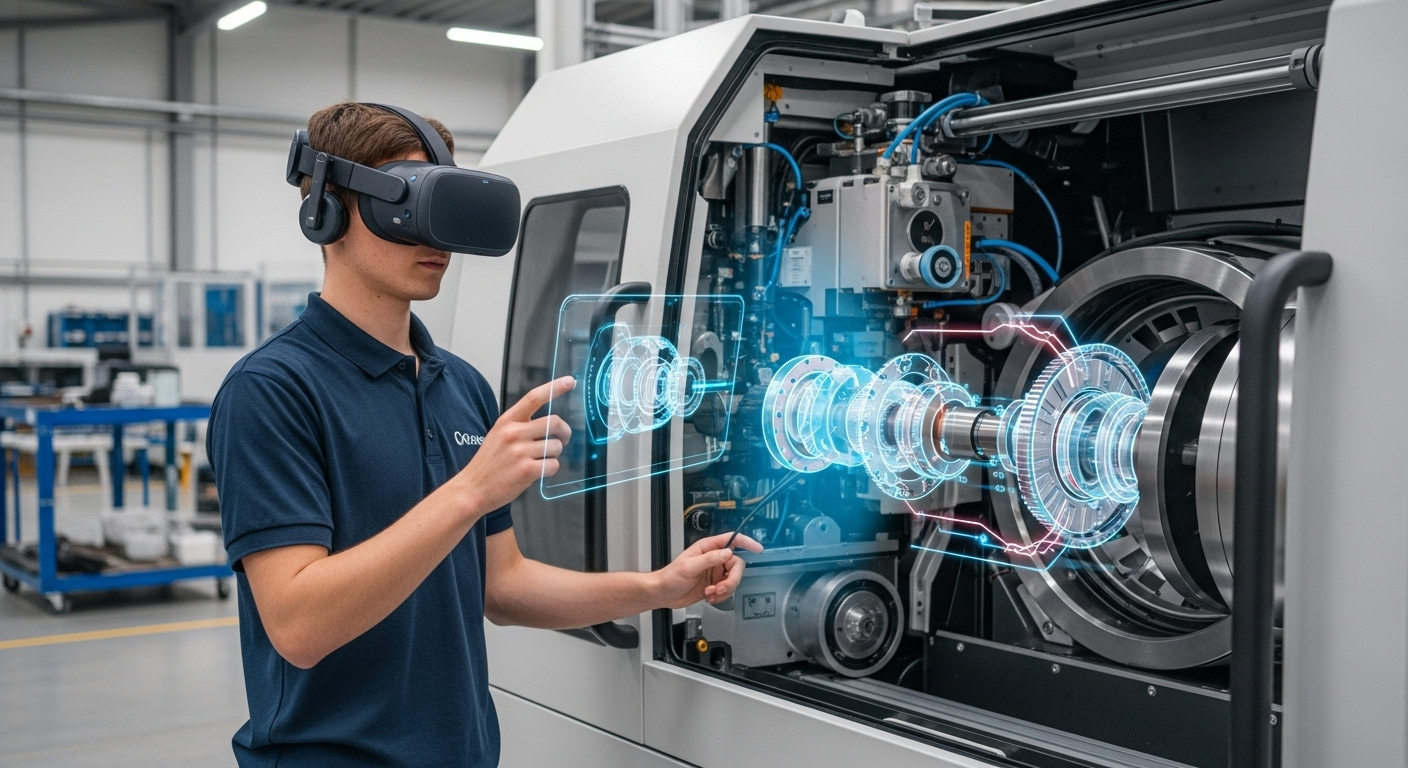Integrating simulation and practical labs into technical education
Combining virtual simulation environments with hands-on lab work creates balanced technical education that reflects modern industrial practices. This approach helps learners develop digital and physical skills that align with automation, controls, and safety expectations in manufacturing.

Technical education benefits from a structured blend of virtual simulation and real-world lab experiences that mirror current industrial processes. Simulation tools let learners explore system behavior, test control logic, and visualize diagnostics without the risks associated with live equipment, while practical labs reinforce muscle memory, safety protocols, and tangible troubleshooting skills. Together, these methods support pathways for upskilling and reskilling in response to digitalization across factories and workshops, helping students acquire core competencies in automation, robotics, and quality-focused practices.
How does simulation improve learning?
Simulation provides a repeatable, low-risk environment where learners can experiment with process parameters, test controls code, and observe system responses. It supports scenario-based training for diagnostics, failure modes, and safety events that would be hazardous or costly on physical equipment. High-fidelity simulators can emulate sensors, actuators, and networked devices, giving trainees insight into real-world signal flows and control logic before they touch hardware. This early exposure shortens the learning curve for PLCs and controls programming and helps learners build confidence in making data-driven decisions.
Where does automation and robotics fit?
Automation and robotics are central training targets for modern technical curricula because they shape production efficiency and product consistency. Hands-on lab stations with programmable robots and conveyor systems enable students to apply theory to motion control, path planning, and system integration. Simulation complements these labs by allowing safe tuning of robot trajectories and testing of automation sequences. Integrating both approaches ensures learners understand both software-driven control strategies and the physical considerations—such as payload, cycle time, and safety zoning—that affect operational outcomes.
How do controls and PLCs get integrated?
Training on controls and PLCs benefits from layered instruction: begin with virtual ladder logic or structured text editors connected to simulated I/O, then progress to real PLC hardware and field wiring in labs. This progression helps students grasp how logic translates into physical outputs and how timing, debounce, and interlocks affect system reliability. Lab exercises can include fault insertion and diagnostics practice, reinforcing maintenance routines and documentation skills. Including industrial communication protocols and basic SCADA interactions prepares learners for integrated plant environments during digitalization efforts.
What role do sensors and IoT play?
Sensors and IoT technologies bridge physical processes and digital monitoring, so training should cover signal conditioning, sensor placement, and networked data acquisition. Simulated environments can model sensor noise, latency, and failure modes, while lab setups let students wire devices, calibrate transducers, and verify data integrity. Introducing basic IoT concepts—edge processing, secure telemetry, and cloud-based dashboards—teaches learners how sensor data supports predictive maintenance, diagnostics, and quality control initiatives across a facility.
How to address maintenance, upskilling, reskilling?
Maintenance training benefits from combined scenarios that include preventive tasks, diagnostics, and corrective actions. Simulation can reproduce intermittent faults and long-term degradation patterns for troubleshooting practice, and labs offer real-world tools and procedures for replacements, alignments, and adjustments. Upskilling and reskilling pathways should be modular, allowing workers to build on existing competencies toward digital skills like controls programming, sensor analytics, or additive manufacturing processes. Blending classroom theory, simulation drills, and hands-on repair ensures relevance to workplace demands and safety standards.
How do additive and quality link to training?
Additive manufacturing and quality assurance are increasingly part of technical programs as factories diversify their production methods. Simulation supports material and process parameter studies—layer thickness, heat input, and build orientation—so learners can predict defects before printing. Practical labs let trainees operate printers, inspect parts, and perform non-destructive testing to verify tolerances and mechanical properties. Embedding quality-focused criteria and data collection in both simulation and lab work promotes a culture of continuous improvement where diagnostics, traceability, and process control are routine.
In summary, integrating simulation and practical labs creates a complementary training ecosystem that aligns technical education with contemporary manufacturing needs. Simulation offers scalable, safe rehearsal of complex behaviors and failure scenarios, while practical labs develop tactile skills, safety awareness, and hands-on diagnostics. Together they support learner progression across automation, robotics, controls, sensors, IoT, additive processes, and quality management without compromising safety or industrial relevance.





